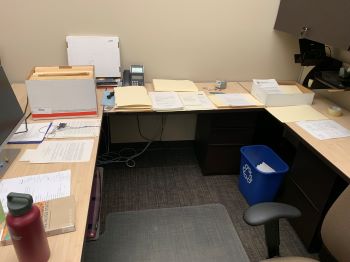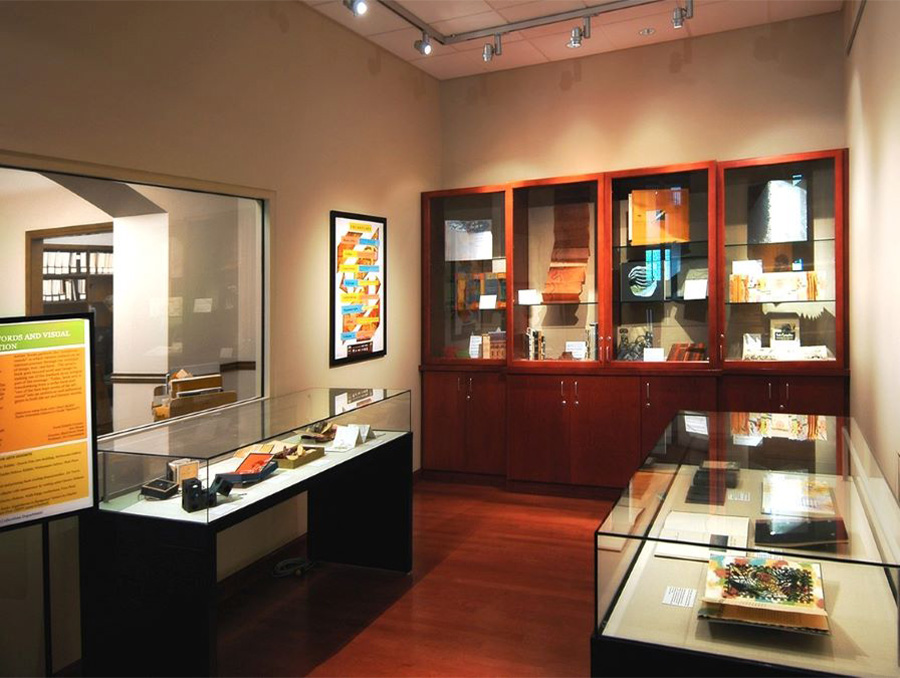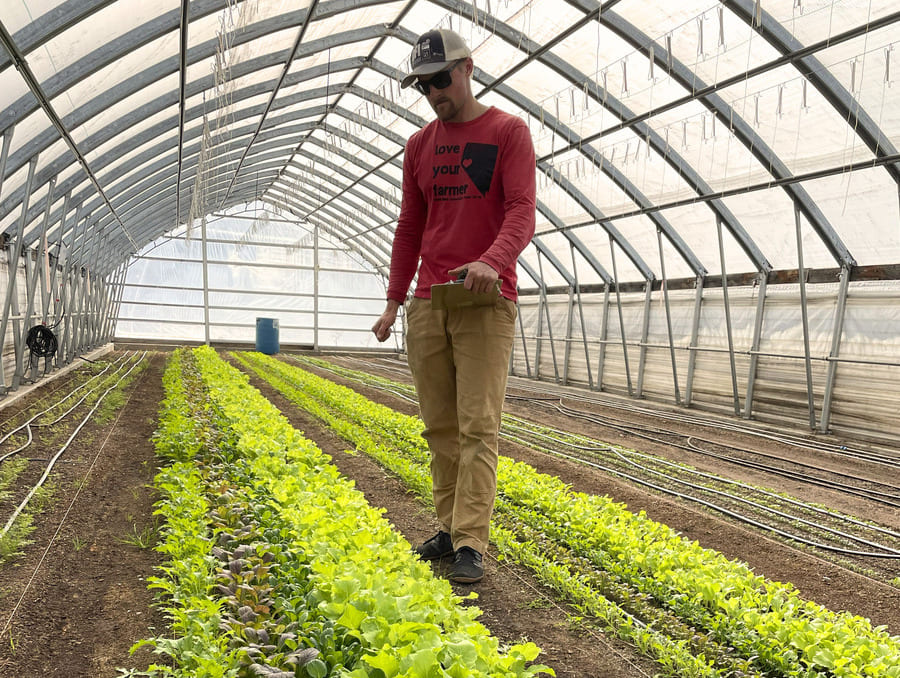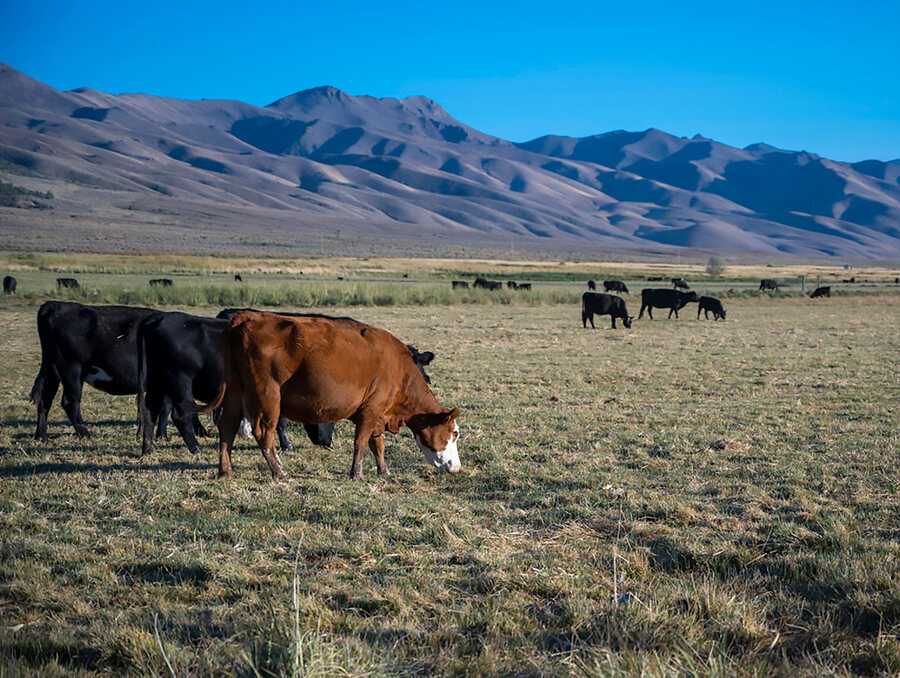I came to the University of Nevada, Reno in September 2019 to process three collections for the archives, all on environmental topics. I knew little about them, except that two were related to the Sierra Club and one was largely photography, and that the top priority of the three had arrived in the University’s care in a condition that required long-term, focused attention from a processing archivist.
That top-priority collection comprised the papers of longtime Reno resident and Nevada environmental activist Marjorie L. Sill. She came to Reno in the late 1950s with her husband, Richard Sill, who joined the University of Nevada, Reno faculty as a physics professor. Marjorie taught math at a local high school, and both of them spent the bulk of their time away from work engaged in outdoor excursions, Sierra Club activities and leadership, and in lifelong advocacy for the care, conservation, and protection of the wild places left in the Great Basin and eastern Sierra Nevada. By the end of her long life, Marjorie had earned the moniker of “Mother of the Nevada Wilderness” for her role in advocacy and education.
Much of the time when personal papers arrive in an archive, the person who gathered and created the collection stored them in an order that made sense to their own way of thinking. Imagine your own filing systems on your computer or in your desk drawers: it may not be the most obvious organization on first inspection by someone else, but usually you can find what you’re looking for, right? Archivists try to honor that. We try, as much as possible, to adhere to what we refer to as “original order,” because we believe that retaining the original creator’s order in the collection provides invaluable context for understanding thought processes, connections, and chronology for future researchers using that collection. For instance, the order of my own files in my desk at home reflects the frequency of use of those folders – the ones I use more are in the front of the drawer. Switching them to alphabetical order, for instance, would destroy that piece of contextual information.
I bring up the question of original order because Marjorie Sill’s papers came to us completely lacking one. It seems she was what my mother politely describes as a “vertical filer,” or someone prone to stacks of papers. Most were not in folders when they arrived in our care. What we had were about 30 banker’s boxes of unsorted, unfoldered papers without any rhyme or reason that our curator and accessioning archivist could determine. Not an insurmountable problem, but one requiring someone to give their full attention to the problem, page by page. This is where I come into the story. Discussions with other members of Special Collections and University Archives led to creating a processing plan that acknowledged the complete lack of original order and the need to re-sort the collection. If we didn’t, if we had left it in the condition in which it arrived, it would be virtually unusable by researchers. This is not a criticism of Marjorie Sill. Clearly, her system worked for her – just not for anyone else. This happens occasionally and is a challenge that most archival institutions face at some point or another.

Our curator, Jacque Sundstrand, had gone through the boxes and done a rough sort, grouping the stacks of papers by broad categories – Sierra Club, Friends of Nevada Wilderness, and so forth. I then took those boxes, one a time, and sorted each of them, often one page at a time, to impose a simple intellectual order on the collection. It was necessary if we wanted any patron or staff member to have a hope of finding individual items or materials on specific topics within a reasonable time frame.
Sometimes the process was tedious, but most of the time it was an unusual opportunity to get into a collection at its most granular level. One of the things that drew me to this career was an insatiable appetite for learning. I was a child who read the encyclopedia before it was online. Working in archives scratches that same itch. I spend some time – from a few hours to a few months – with a collection or a researcher, exploring their topic and learning some new things, then I move onto the next collection or researcher and learn some of THAT topic. The realities of archival processing, however, often don’t allow for the level of exploration I enjoy most. Because of the painstaking care of processing the Marjorie Sill Papers, I got to go deep into environmental activism of the last forty years, the specific issues faced by the Great Basin and the Eastern Sierra Nevada, and the very landscape itself for six full months. It was a rare gift, and one that I enjoyed tremendously.
University Libraries
The University Libraries embrace intellectual inquiry and innovation, nurture the production of new knowledge, and foster excellence in learning, teaching and research. During each academic year, the Libraries welcomes more than 1.2 million visitors across its network of three libraries: the Mathewson-IGT Knowledge Center, the DeLaMare Science and Engineering Library and the Savitt Medical Library. Visitors checked-out more than 90,000 items and completed more than 2 million database searches.















